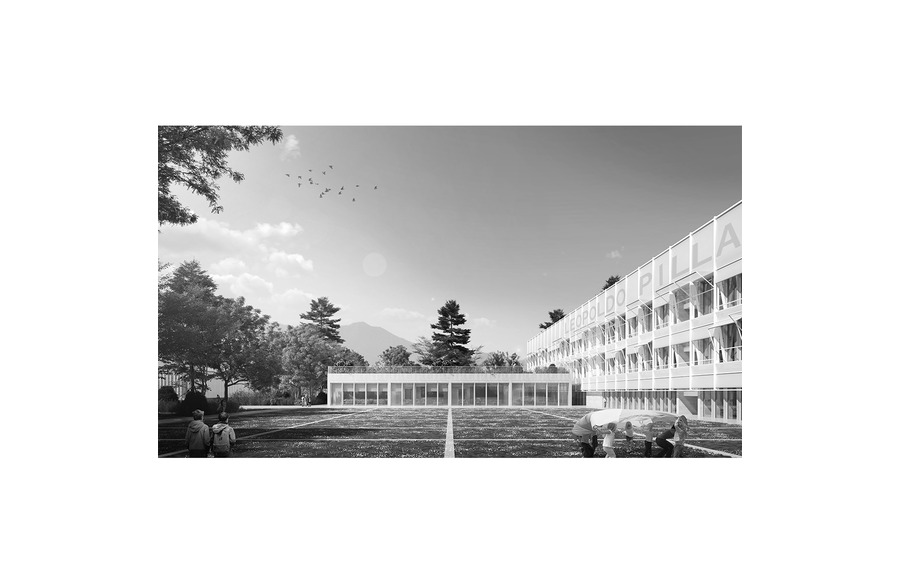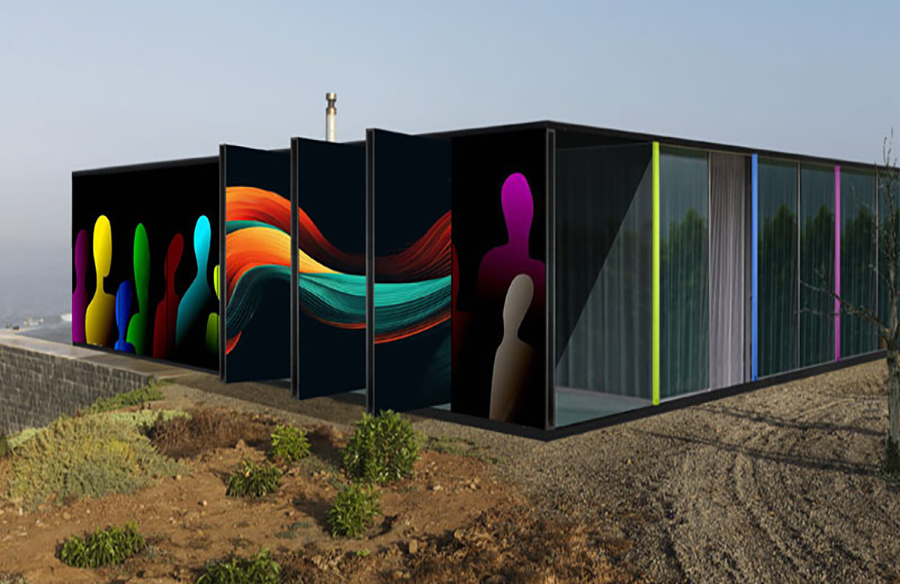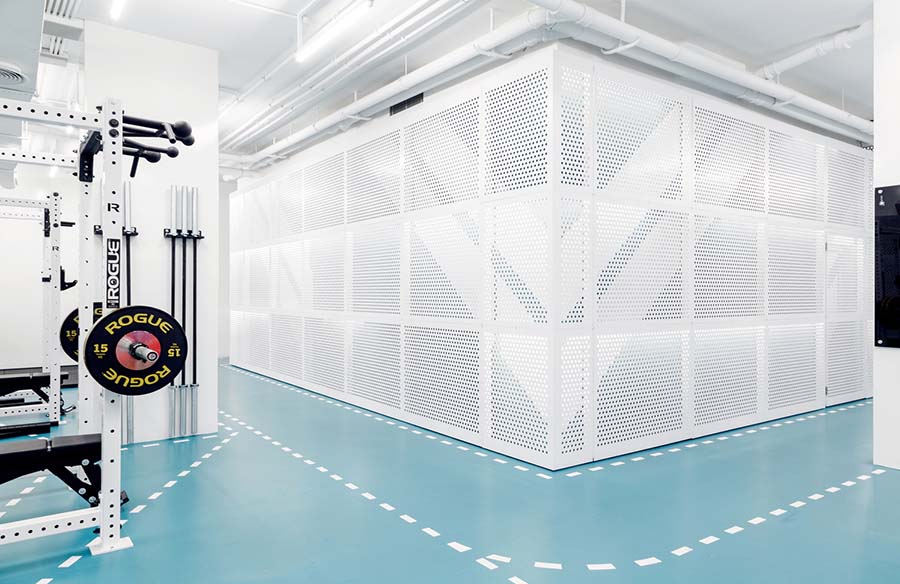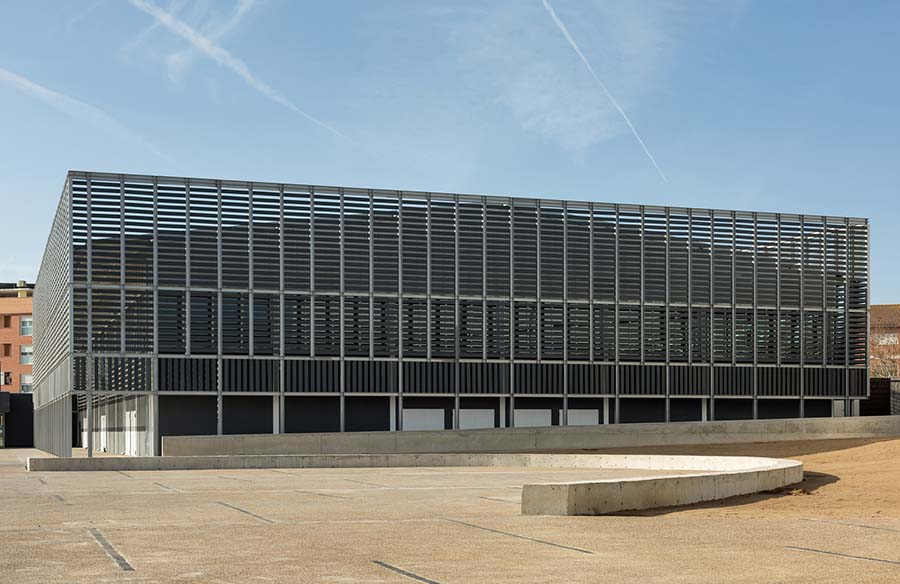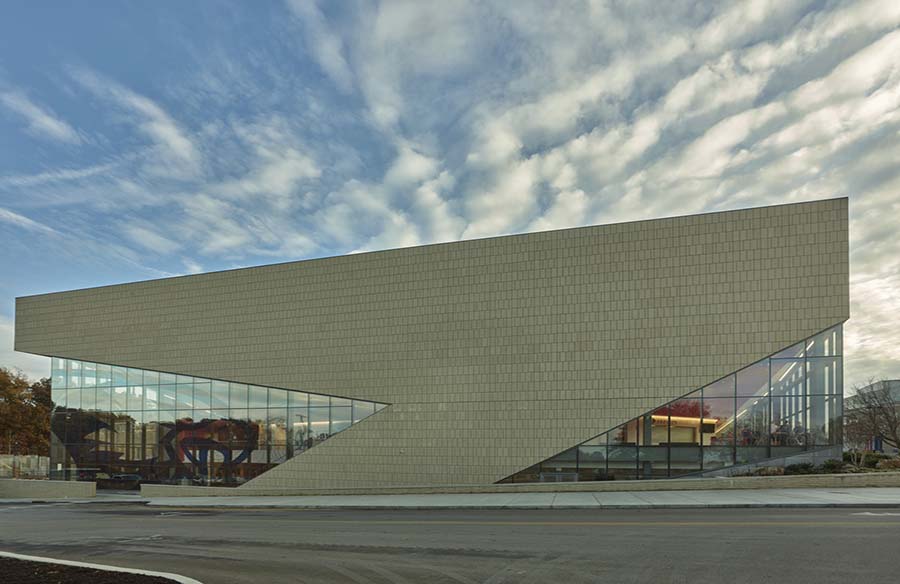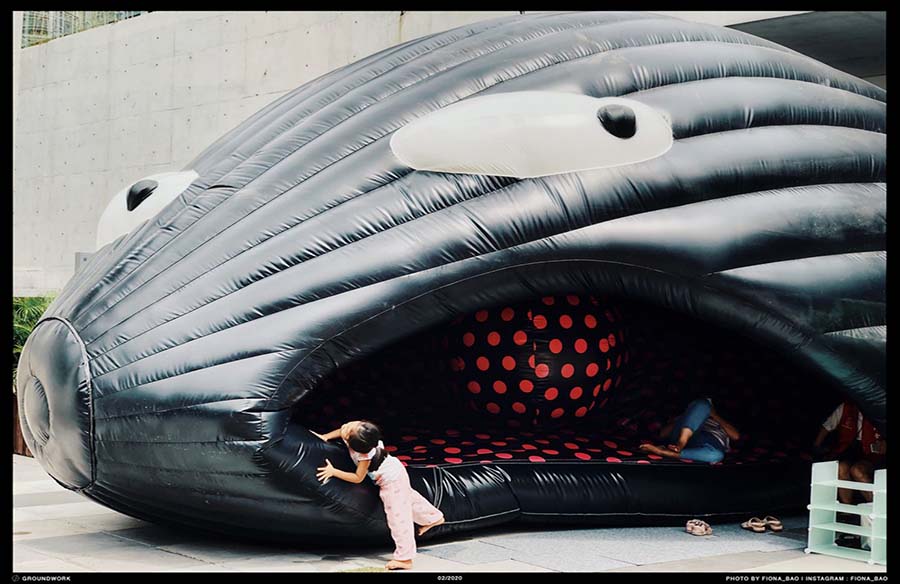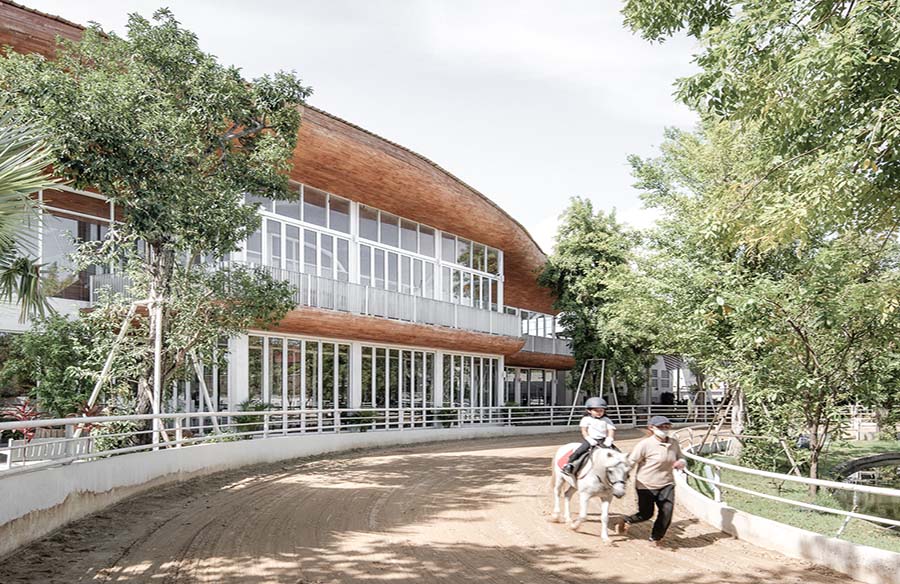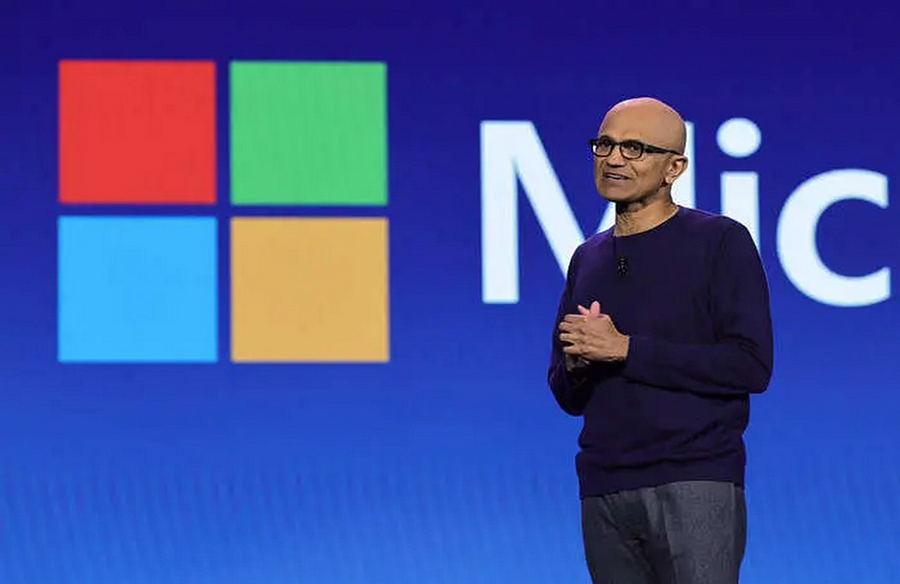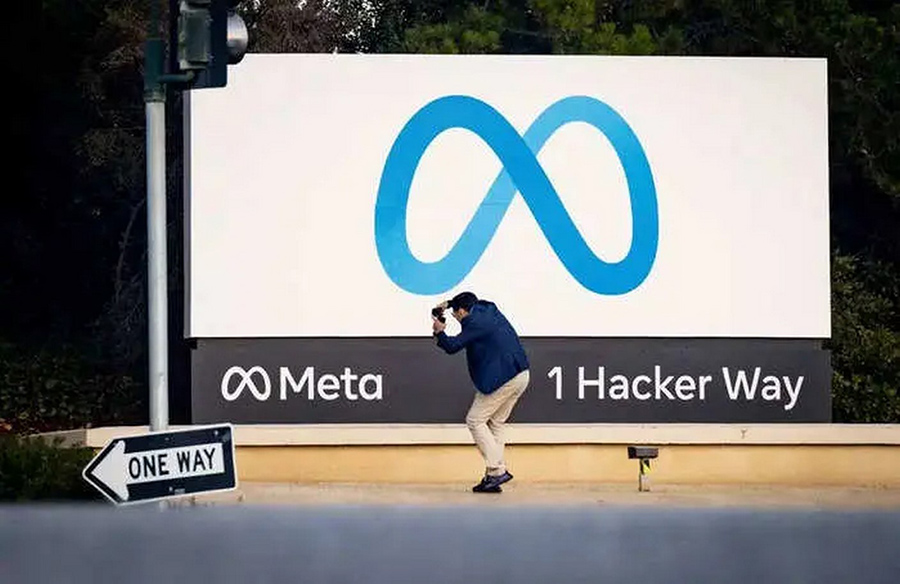The Impact of Long Movie Runtimes on Theaters

Long movie runtimes
have become a staple of modern cinema, with films like “Dune: Part Two” pushing the boundaries of audience endurance. While epic sagas like “Dune” may captivate viewers, the extended duration poses challenges for movie theaters seeking to maximize their profits.
Changing Audience Expectations
In recent years, audiences have become accustomed to lengthy blockbusters spanning multiple hours. However, the question arises whether every minute of screen time is essential for storytelling. While films like “Dune: Part Two” may receive critical acclaim, theater owners must grapple with the practical implications of extended runtimes.
Operational Challenges
For movie theaters, longer runtimes translate to fewer showtimes per day, leading to reduced revenue potential. Cleaning and preparing auditoriums between screenings become more time-consuming, limiting the availability of showings for audiences. Theater operators must balance accommodating audience preferences with maintaining operational efficiency.

Financial Considerations
Extended runtimes can impact theaters’ bottom line, especially for smaller establishments. The loss of screen times translates to significant revenue losses, exacerbating challenges for an industry still recovering from the pandemic. Theater chains must carefully navigate scheduling to optimize their screening opportunities while mitigating financial risks.
Adapting to Changing Trends
Some theaters are exploring innovative approaches to attract audiences without sacrificing profitability. Community-driven programming and curated film selections offer alternative experiences tailored to audience preferences. By embracing diverse content and flexible scheduling, theaters can adapt to evolving audience expectations while maximizing revenue potential.
The Influence of Streaming Platforms
The rise of streaming platforms has reshaped audience viewing habits and expectations. With platforms like Netflix offering shorter, more digestible content, movie theaters face increased pressure to deliver compelling experiences that justify the time and cost of admission. Balancing audience demands with industry trends remains a critical challenge for theater operators.
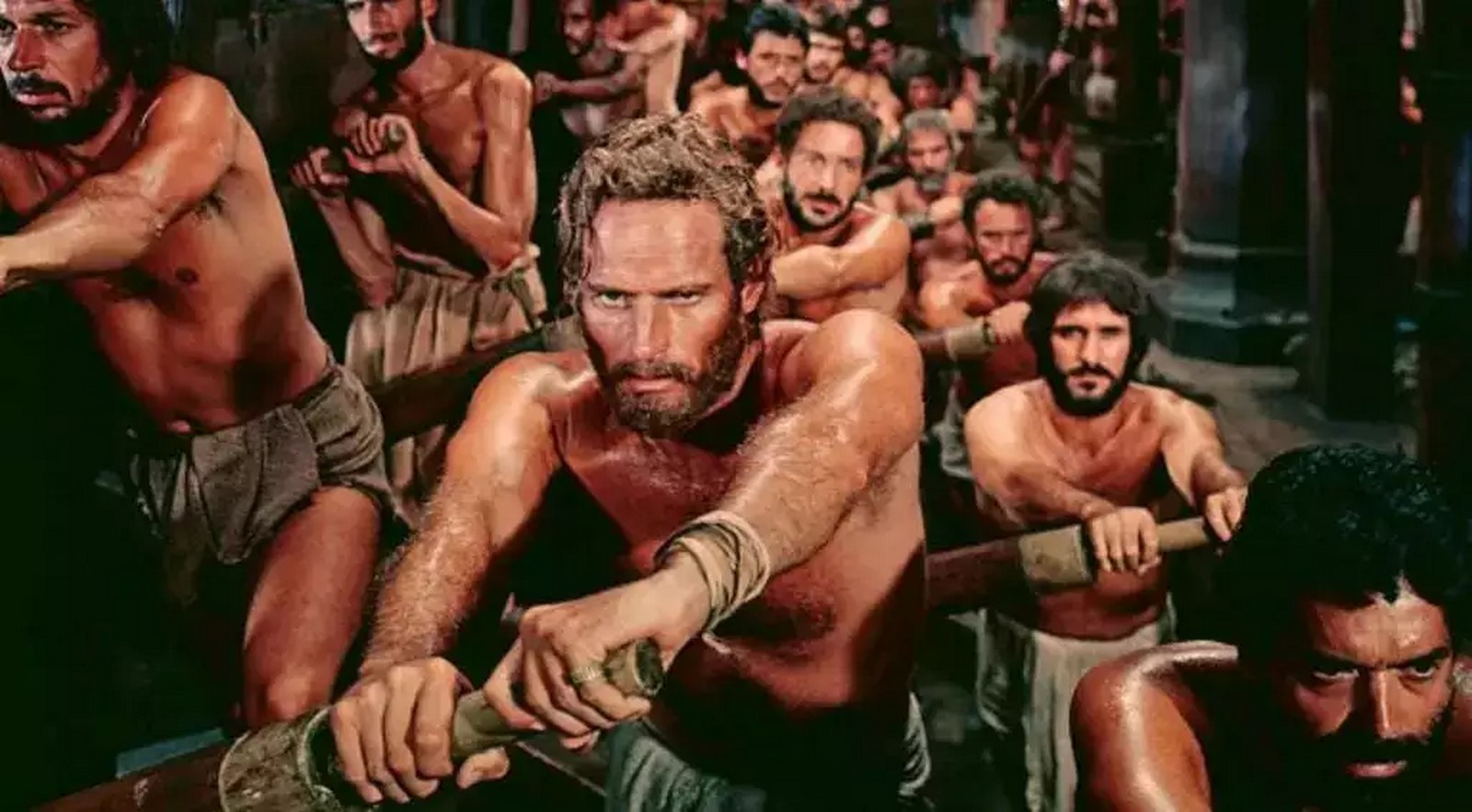
Navigating Studio Dynamics
Studios play a significant role in shaping movie runtimes, often prioritizing creative vision over commercial considerations. Filmmakers wield considerable influence, leveraging successful track records to negotiate creative freedom. While studios may enforce runtime contracts, their enforcement varies, reflecting the shifting power dynamics within the industry.
Looking Ahead
As audiences continue to evolve, theaters must remain adaptable and responsive to changing trends. While long runtimes may persist in certain genres and franchises, theaters must prioritize audience engagement and operational efficiency to thrive in an increasingly competitive landscape. By embracing innovation and strategic programming, theaters can navigate the complexities of long movie runtimes while delivering compelling cinematic experiences.


 English
English 





